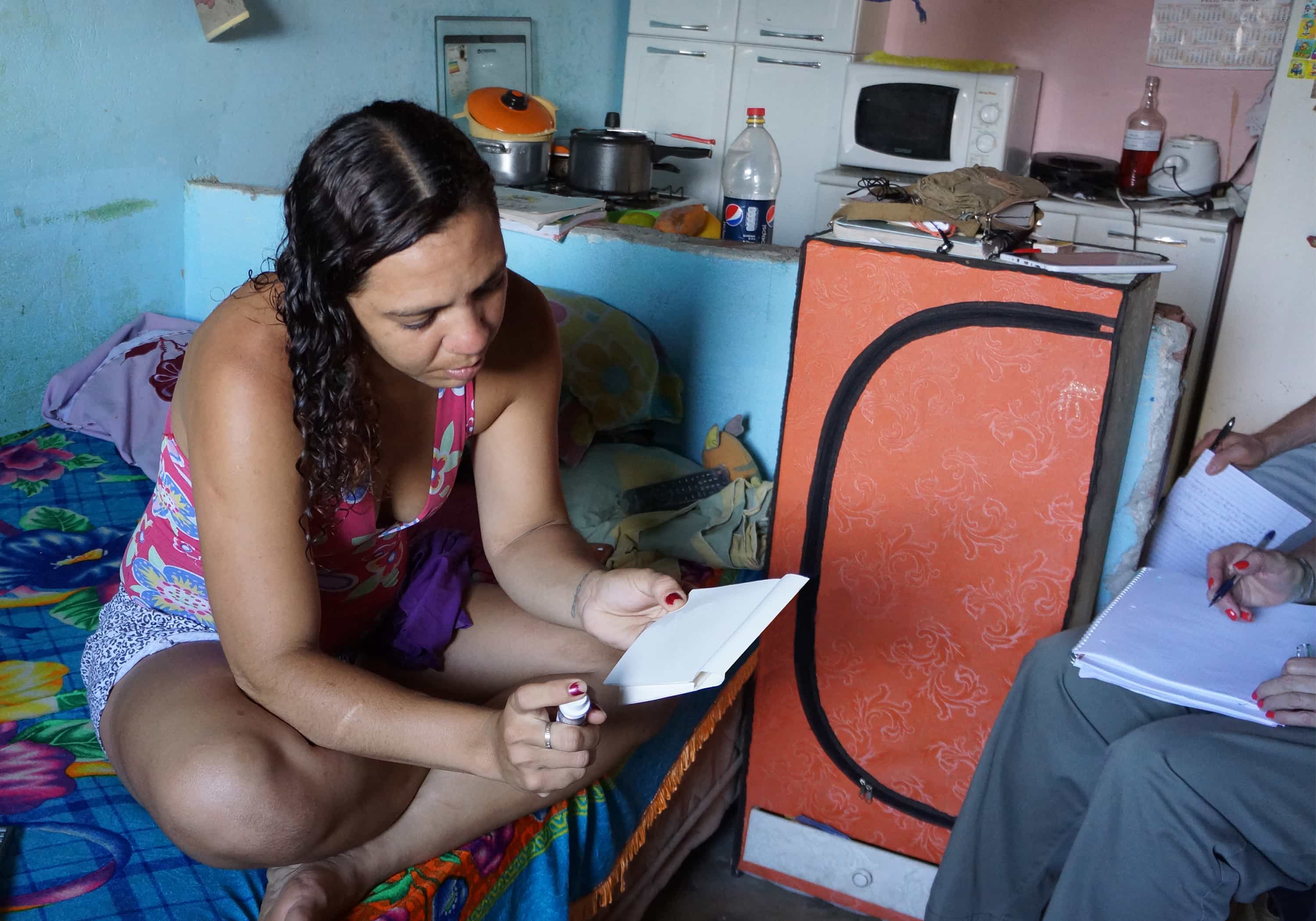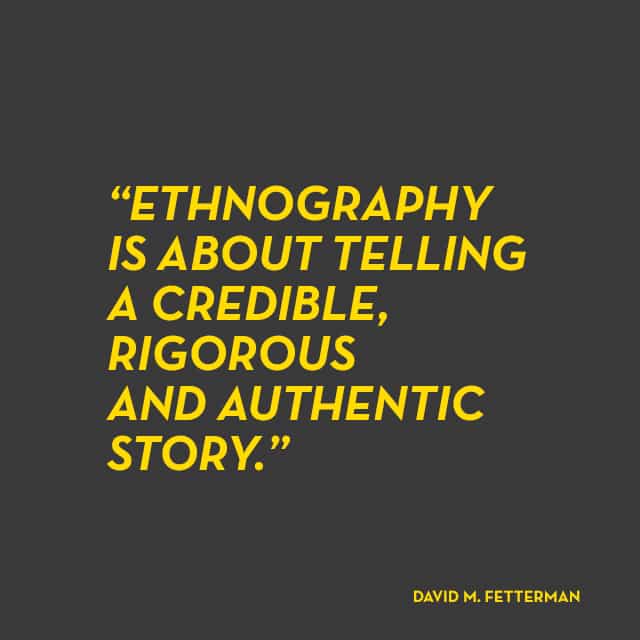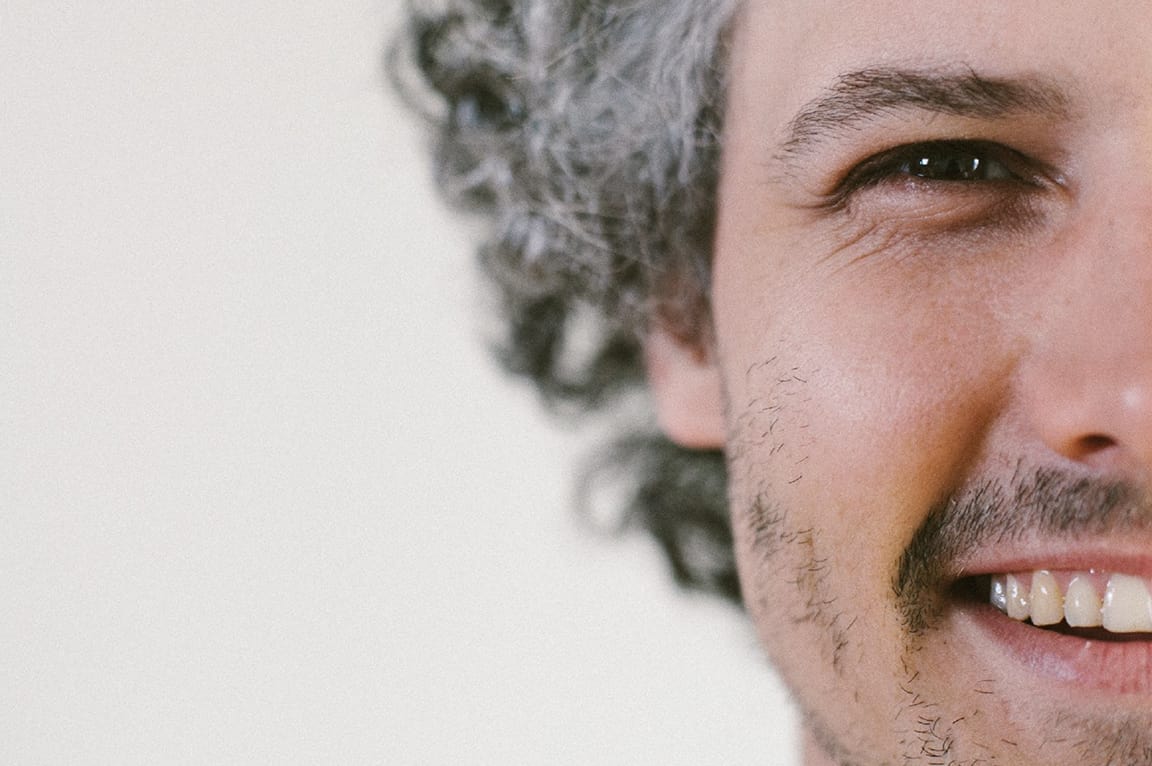Greater levels of customer intimacy are increasingly required to be successful, and as such, an empathetic mindset has never been more critical. Imagine the difference we could make if we invested as much in trying to understand our customers as we do on trying to be heard? Empathy is crucial. Enter ethnographic study.
Use Your Empathetic Superpowers to Create Products People Love
It’s a question our clients often ask: “What experience does the consumer want?” And it’s a good one. Organizations need to make their experience design initiatives more powerful, more impactful, and more repeatable engines for growth—and that takes knowing what their customers really want. Humans however are not great mind readers, so market researchers have traditionally relied on methods like focus groups and surveys to both hear and try to understand the Voice of the Customer (VOC). The thing is, while the quantitative data you get from having people tick a few survey boxes or answer directed questions is pretty great at capturing a snapshot of a user population, it’s not so good at understanding people holistically within the content of their daily lives. Those methods, however interesting their output, lack the ability to get at the why innovators and product developers really need to create meaning.
ETHNOGRAPHIC STUDY
After decades of looking at straight consumer data, we (and a lot of smart business owners) have figured out there’s a better way. Ethnography is a vital tool that gives executives a real-world understanding of people’s preferences, motivations and needs by examining the environments buyers inhabit and the cultural and societal forces that influence their behavior. To business leaders, it’s a peek behind the consumer curtain that can be incredibly valuable, unlocking innovation and strategic business opportunities, and boosting competitive advantage and customer loyalty.
But what is this seemingly magic thing that lets us see into the lives, minds and cultures of customers?
WHAT IS ETHNOGRAPHY?
Ethnography is a traditional social science technique used by anthropologists and sociologists that seeks to describe and explain the worlds of the people it studies in the most detailed and empathetic terms possible. In a sense, it’s deliberate, systematized empathy. Humans are wildly complex, a swirl of influences, shared beliefs and experiences that form us separately as individuals. Ethnography offers us a way to make sense of this complexity and provides us an opportunity as marketers, designers and innovators to immerse ourselves in others’ worlds, and most importantly cast off preconceptions about how and why others behave the way they do. Ethnography does this by allowing us to get “up close and personal” with others and see patterns of behavior in a real-world context—things we can understand both rationally and intuitively.
Why take the time and effort (for example) to follow a nurse on her rounds rather than ask her about the problems she encounters daily? Because it is now a competitive necessity for businesses to understand its audience in context as a means to providing strategic insights into issues like personal identity, lifestyle, life stage and meaning. And because experiencing another person’s reality, as it’s happening, challenges hidden assumptions and can uncover those ‘unknown unknowns,’ which orthodox market research usually misses; the things that can sink or save a product offering.
Secondarily, through a purely design-focused lens, we also acknowledge that great design connects with people, and so as creators of experiences, designers must clearly understand the relationship between what they are producing and the meaning it has for others. There is no better way to do that than via ethnography.
That’s a lot to understand. So where should you concentrate when using ethnography to create meaningful experiences?
FOCUS ON FOUR VERY HUMAN INFLUENCERS
We recommend you point your superpowers of empathy in four directions: toward understanding what influences consumer behavior from a cultural, social, personal and psychological perspective.
1. CULTURAL FORCES
Cultural forces—friends, families, the environment in which a person grew up—profoundly affect humans, and all heavily influence the values they hold and the behaviors they feel are socially acceptable. It’s important for product and service developers to understand people in the context of their everyday lives, but moreover, to think about them beyond their role as end-users, consumers, and strategic targets. They’re people, and when you know them in the context of their daily lives, you have the chance to see what truly shapes the way they think, feel and behave—and then mirror those values and culture. This is a “the more you know moment”—the more we understand about how the world around people forms their behavior, the more we can empathize, create offerings that reflect that empathy and are therefore more meaningful and relevant.
2. SOCIAL AFFILIATION
Social groups profoundly influence people’s consumption behaviors and reflect the mindsets, values, and lifestyles they collectively share with others like them. Understanding these associations and how they drive behavior can be particularly valuable when developing a new experience. The idea of a “social benefit” is a powerful one—understanding it in the context of your consumers’ lives can help drive competitive advantage and help you figure out how to increase the connection between your brand and your audience. It’s especially powerful if that benefit is “self-expressive,” providing opportunity for an individual to broadcast his or her self-image. Think of the luxury displayed by owning a Louis Vuitton bag, the raw masculinity of riding a Harley-Davidson, or the “Real Beauty” of Dove…and pretty much anything else in between. Tap into the human need to both self-express and connect with others, and you’ll find ways to leverage that belonging to your brand’s benefit.
3.PERSONAL LIFESTYLE
Lifestyle—the way we live and what artifacts we attach meaning to—is a consistent pattern in a consumer’s life, something that’s influenced by a person’s personality, values, attitudes, and beliefs. Every person in the world brings their own unique mix and buying proclivities to each and every purchase decision, from daily necessities to special items that are less vital but consistent with their “self-concept”—the image of who they are or wish to project. Understand the personality traits that make someone unique and you can understand what will appeal to them, their outlook on life, and what will fit with their consumption habits.
4. PSYCHOLOGICAL FACTORS
People’s life experience to date uniquely forms their perception of the world, how they selectively view, process, organize and interpret it. To the sadness of every marketer and product developer everywhere however, our senses are bombarded daily by thousands of stimuli. We select what we wish to engage with based on collective experience: good, bad or indifferent. As innovators, we have to battle our way through that stimuli soup into the minds of consumers, and the best way to do this is by hitting them where it matters: by understanding their aspirations, motivations, desires, and most importantly what they perceive to be meaningful and why. Cracking the perceptive code of a given audience is absolutely key. Take the time and dig into their gray matter and you’ll be more sure the message you’re sending is the right one.
FORGET THE OBVIOUS
Now that you’re looking deeper, structuring your ethnographic research across those four pillars, you’ll be privy to all kinds of less obvious patterns—ones that lead to breakthrough insights and inspired thinking. What’s the benefit to you? The work will help you:
DISCOVER MEANING. People have a need for meaning in their lives, and ethnography provides rich insights into how people make sense of the world.
EXPAND YOUR CULTURAL UNDERSTANDING. Understanding how people express themselves within a given community or social group is critical information for designing new experiences. You cannot afford to be culturally off-key. Your product and brand need to resonate, and this means deeply understanding the cultural cues of your consumer target so you can add real value to their lives that fits with who they are and the group to which they belong.
THINK HOLISTICALLY. Traditional methods of market research frequently fail when defining new products and services. How? They miss the finer details, concentrating just on the individual. It’s insufficient—humans influence and are influenced by the actions, things and people around them. You must look at them in the context of their daily lives; everything is connected.
THINK FIRST PERSON. For empathy to work, everyone must be able to refer to the customers for whom they’re designing in the first person. It’s the ever-present connection to “I” that makes good products great.
FIND THE SAY-DO GAP. Look for contradictions. What people say is not always what they do, and what they do is not always consistent. By observing how people act (rather than taking them at their word), we learn more about the choices they make and how they perceive and filter their actions. This is where real breakthroughs occur: Deep insight into contradictory behavior is crucial to creating products and services that connect with people’s real emotions and intentions, not the simplified versions of them they’ll convey if you simply ask.
FIND THE BARRIERS & WORKAROUNDS. Existing behaviors provide clues to where problems live. Look for the areas of sacrifice and design solutions that make people’s lives easier. And always look for the nuance: beyond the obvious is where breakthroughs (and breakout products and experiences) happen.
LISTEN UP
More than ever, audiences are becoming increasingly adept at tuning out the thousands of branded messages they are exposed to each year. It makes sense; we live in an age of information overkill, and it’s simply getting harder and harder to make consumers listen as they strain to hear through all the noise. The problem is, many companies seem to have doubled down on “telling” and forgotten how important it is to listen to the people we want to serve and the stories they have to tell. All the data in the world doesn’t tell us for sure how the people we design for will respond. And all the information we get does little to help, until we put the interests of the people we design for at the heart of everything we do.
Listening is the action. Empathy is the catalyst. And ethnography is the key to success in our quest to develop products consumers need, tell them the stories they truly want to hear, and create experiences that they really want.
SOURCES
Ethnography: Step by Step. Fetterman, David M. – 2nd ed. Sage Publications, Inc.
People Insights at the Fuzzy Front of Innovation. Ramacker, Lucile & Un, Stefanie. 2006 Koninkliijke Philips Electronicsn N.V.
The 4 factors influencing consumer behavior, https://theconsumerfactor.com/en/4-factors-influencing-consumer-behavior/.
Blog | The Story of Telling, https://thestoryoftelling.com/blog/
This is the first in a two part blog on Ethnography and its role in helping to develop customer experiences people love. The second part will be published in February.











